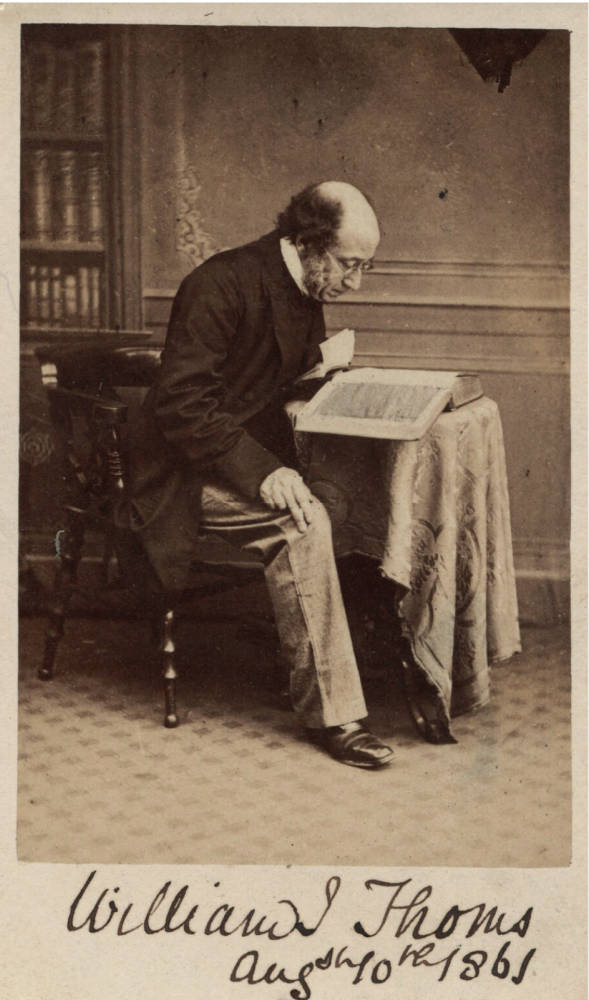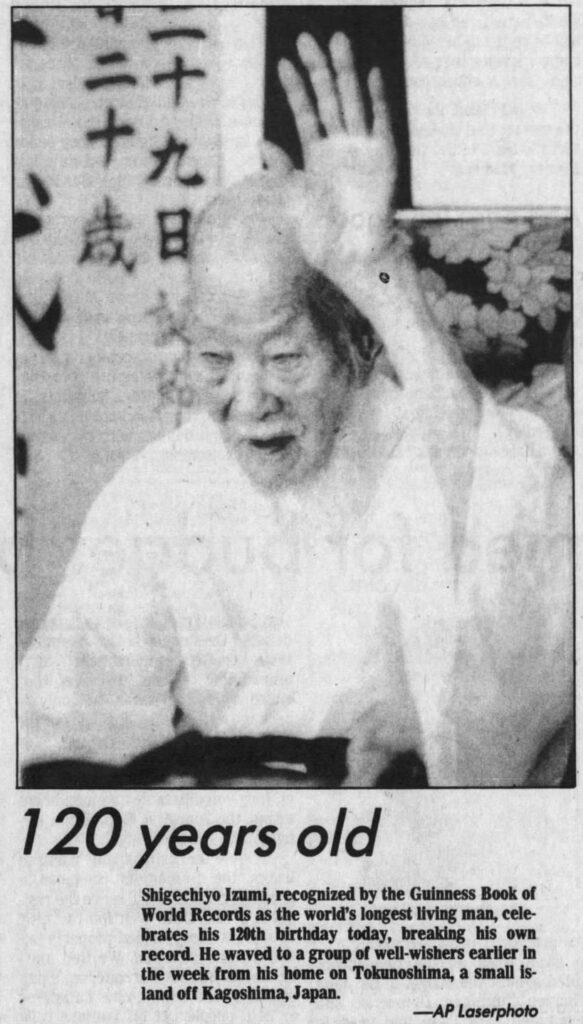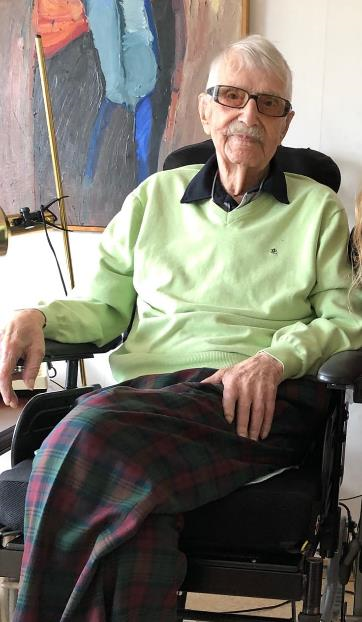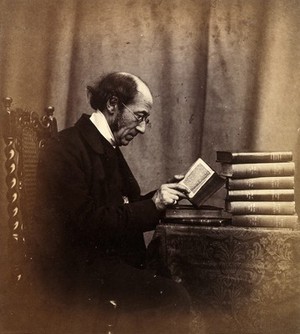When we read in the news that a person has turned 110, we as supercentenarian researchers are naturally thrilled. But there is a need to have a critical mind from the very start because many supercentenarian claims turn out to be false, especially the older the person claims to be.
The reasons for age exaggeration are many; a person can exaggerate their age from a very young age as a result of having married young or having become a parent early, there are also examples of a person exaggerating their age to both get into service, but also to avoid it (Wilmoth & Lundström, 1996; Poulain, 2010). Some people claim to be older in order to start collecting their pension early and others exaggerate their ages later in life in order to be noted by their community and media as especially long-lived individuals. Age exaggeration can also come in the form of identity theft, wherein a person assumes the identity of a parent or older sibling for various reasons (Wilmoth & Lundström, 1996).
It must also be noted that age exaggeration can be accidental, such as a person being mistaken for someone else, which can result in a person being attributed a much longer lifespan than they have actually lived. One example of this is the case of Pierre Joubert (1701? – 1814) where a father and son with the same name were mistaken for one another, resulting in this duo being recognized as the only “validated” supercentenarian for quite some time (Charbonneau, 1990; Desjardins, 1999).
From time to time there will also be examples of age deflation, where a person claims to be younger than they actually are. These cases are often not discovered since few of them actually live to be supercentenarians. One such example is that of Emma Isbell (1859-1969), who claimed to have been born in October of 1860 and died in December 1969, allegedly aged 109. However, she was listed in the 1860 United States Census as being eight months old as of June 1, 1860, meaning that it wasn’t possible for her to have been born in October of that year. Thus, in all likelihood she was actually a supercentenarian, something which was also supported by other early-life documentation.

William Thoms, the pioneer of age validation. Photo courtesy of: The Victorian Web
Age validation of exceptional longevity really originated with William Thoms and his rules for age validation (Thoms, 1873). Over the next century and a half many researchers have attempted to find the “golden rule” for age validation, with many different criteria being proposed (Poulain, 2010; Skytthe & Jeune, 1995; Rosenwaike & Stone, 2003). These criteria have been utilized and adapted for various purposes, with a supercentenarian claim being categorized as having various degrees of validation depending on how thorough their documentation is.
At the most basic level there exists proof that this person exists or existed and claimed to be a supercentenarian. This proof can come in various forms, such as a newspaper report, an obituary or a death record (Skytthe & Jeune, 1995). The next level is reached when there exists some sort of documentation supporting the age claim. Generally, the earlier a document is issued, the better the reliability of it actually supporting the correct age of the person. However, one document is not sufficient if a supercentenarian should be considered to be a validated supercentenarian. For most supercentenarians that are validated by organizations specializing in age validation there exist several documents that are in accordance with the person being a supercentenarian (Jeune & Poulain, 2021).
Some records, however, can be unreliable, especially documents issued when a person was older or when the person themselves wasn’t the respondent. Census records are generally such records that can be used to validate a person’s age with a lower degree of certainty, but they have been proven to be very unreliable, especially for claimants from the United States, where an age can fluctuate by several years from census to census. In order to achieve a higher standard of validation, birth or baptismal records are needed since they will generally contain an actual date of birth, something which is unfortunately lacking in almost all censuses or marriage records.
Still, it shouldn’t be considered sufficient that there are potential document matches for a person that is or was an alleged supercentenarian. Without doing a proper background check it is still possible for inaccurate attributions of identity to occur: especially mistaking a person for their earlier-born sibling is something that has occurred more than once for supercentenarian researchers.
Such is the case of Shigechiyo Izumi (1865? – 1986), who for a long time was recognized as the oldest man of all time (Matsuzaki, 1987; Glenday, 2010). Research later indicated that his extreme age was caused by his name given to him as a necronym for a sibling that had been born 15 years before him, thus making him only 105 years old at the time of his death.

Newspaper coverage of Shigechiyo Izumi’s purported 120th birthday. Photo courtesy of: Newspapers.com
For some supercentenarians a validation with the highest degree of certainty will not be possible. In many areas birth registration was not compulsory when they were born, leading to them not having any birth record. And family bibles, if they existed in the first place, have sometimes been lost. Therefore, there is a need for age validation to also accommodate for these instances. If the documentation is in accordance with the person being a supercentenarian, they should be recognized as such, but it should be noted that the validation was approved with a lower degree of certainty.
To achieve a very high-level of validation, a full family reconstruction is necessary (Skytthe & Jeune, 1995; Poulain, 2010). When performing a family reconstruction, each family member that can be considered relevant is investigated in order to rule out identity-theft, accidental mix-ups, and other potential scenarios that could result in the person not actually being a supercentenarian. Each member is therefore researched, and their vital information is noted in order to paint a complete picture of a supercentenarian claimant’s biography. Often this information can be extracted from the claimant (Poulain, 2010) or their relatives. In other cases, this information can be traced from vital documents such as a death file.
The need for a claim to be objectively reviewed by more than just one researcher to eliminate bias has been addressed in various ways. LongeviQuest, for example, has a Global Validation Commission consisting of researchers that review the research that is presented to them and analyze a claim by how well it adheres to the validation standards that have been postulated by the organization.
To show how age validation works in practice, it should be noted that some countries have better documentation than others. The Nordic countries especially are among the best in the world with their system based in church records and a personal identity number that allows for a person and their family members to be traced throughout their life. This will usually easily rule out wrongful claims.

Carl Mattsson, Swedish supercentenarian, the day he became the oldest Swedish man ever. Photo taken 18 July 2019 by Helena Erlandsson.
One such example of a very high-level validated supercentenarian is Carl Mattsson (1908 – 2019) of Sweden who possesses over 30 documents supporting him being a supercentenarian. Still, even in a country such as Sweden issues can exist in ascertaining how old a person actually is. Mattsson claimed to have been born on March 7, 1908, something which is supported by all documents except for his earliest document, a christening record which states that he was born on March 9, 1908. This discrepancy is, however, minor and doesn’t change the fact that he was a supercentenarian. A full family reconstruction could be performed and confirmed his identity (Appendix 1).
In conclusion, age validation of supercentenarians can take many forms and can vary from being very unreliable to having a high standard of validation, which is something that all researchers should strive to achieve in order for their data to be as accurate as possible.
References
Charbonneau, H. (1990) La Rubrique du P.R.D.H.: Pierre Joubert a-t-il vécu 113 ans? Mémoires de la Société généalogique canadienne-française, 41, 45–48.
Desjardins, B. (1999). Validation of extreme longevity cases in the past: The French-Canadian experience. In Jeune, B. & Vaupel, J. W. (Eds.), Validation of exceptional longevity, Odense Monographs on Population Aging. Odense: Odense University Press.
Jeune, B., & Poulain, M. (2021). The First Supercentenarians in History, and Recent 115 + −Year-Old Supercentenarians. An Introduction to the Following Chapters. In H. Maier, J. Vaupel, & B. Jeune (Eds.). Exceptional Lifespans. Springer. Demographic Research Monographs. https://doi.org/10.1007/978-3-030-49970-9_14
Matsuzaki, T. (1987). Characteristic of centenarians. In Transactions of the General Assembly of the Japan Medical Congress.
Poulain, M. (2010). On the age validation of supercentenarians. In Maier, H., Jeune, B., Robine, J-M., & Vaupel, J. W. (Eds.). Supercentenarians. Springer. Demographic Research Monographs. http://dx.doi.org/10.1007/978-3-642-11520-2_1
Rosenwaike, I., & Stone, L. F. (2003). Verification of the Ages of Supercentenarians in the United States: Results of a Matching Study. Demography, 40(4), 727–739. https://doi.org/10.2307/1515205
Skytthe, A., & Jeune, B. (1995). Danish centenarians after 1800. In Jeune, B., & Vaupel J.W. (Eds.), Exceptional longevity: From prehistory to the present, Odense Monographs on Population Aging. Odense: Odense University Press.
Thoms, W. J. (1873). Human longevity, its facts and its fictions. John Murray, London.
Wilmoth, J. R., & Lundström, H. (1996). Extreme longevity in five countries: Presentation of trends with special attention to issues of data quality. European Journal of Population, 12, 63–93. https://doi.org/10.1007/BF01797166
Appendix 1 – Family tree reconstruction of Carl Mattsson (1908-2019)
Parents
Rutger Mattsson (11.10.1877 – 26.11.1943)
Agda Elisabet Berndtsdotter (7.12.1877 – 7.9.1961) m. 25 Oct 1906
Siblings
Bror Magnus (16.12.1906 – 7.6.1993)
Otto Ragnar (30.7.1909 – 18.10.1985)
Erik Valdemar (12.1.1912 – 24.11.2004)
Ingrid Maria Eriksson (9.4.1915 – 5.12.2007)
Sigrid Alfrida (12.10.1918 – 20.4.1919)
Spouses
Sonja Juleida Margareta Behrendt (22.8.1907 – 20.4.1990) m. 12 Nov 1932, d. 7 Nov 1955
Ella Birgit Viola Andersson (21.10.1929 – 27.3.2010) m. 16 May 1964
Children
Berit Irene (8.3.1939 – 23.3.1984)

